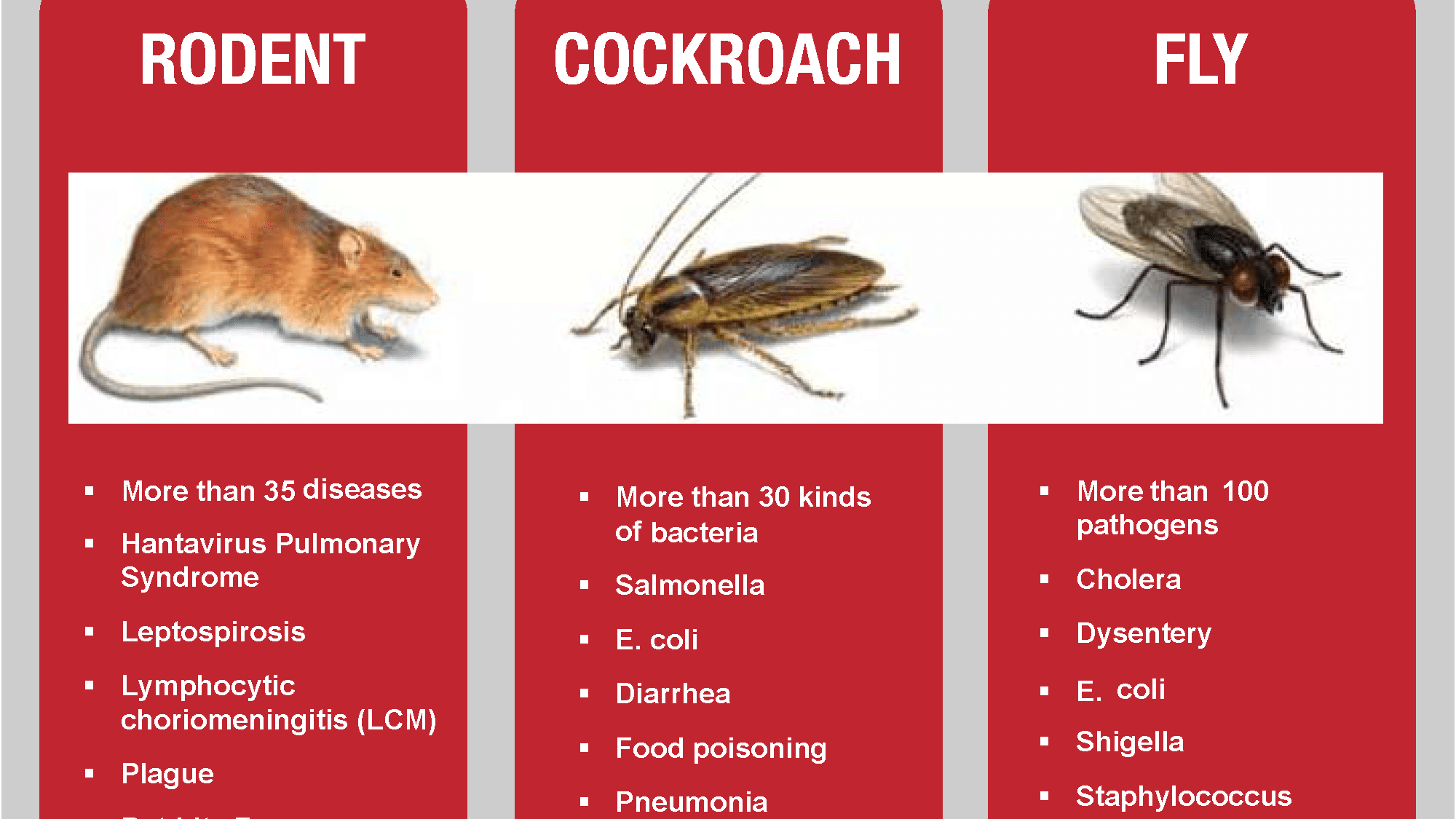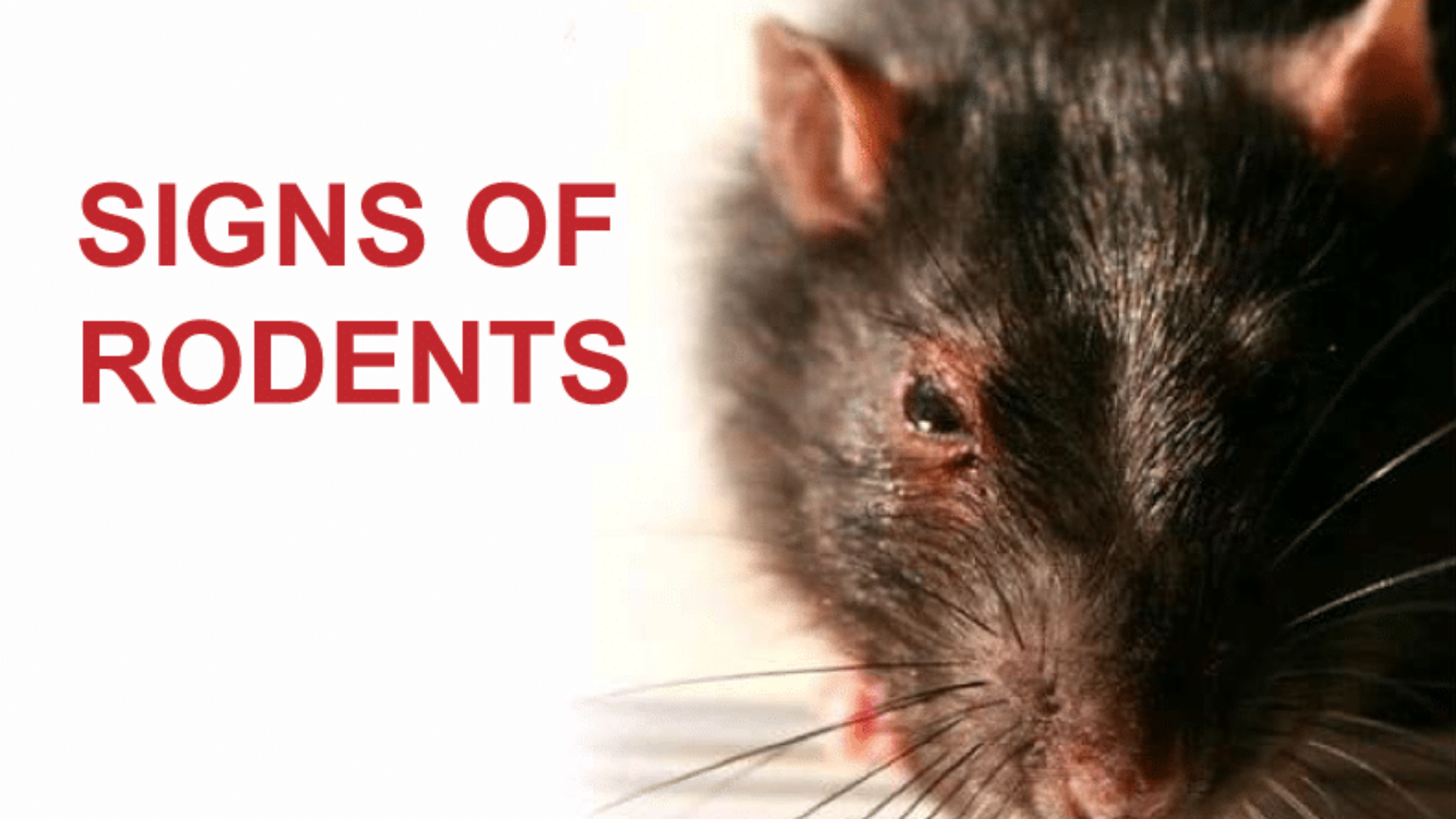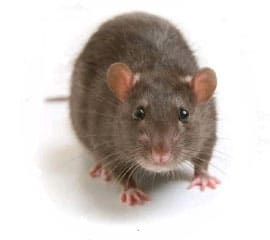Common gull species
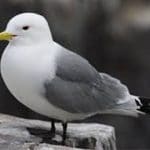 The Kittiwake Gull (Rissa tridiactyla)
The Kittiwake Gull (Rissa tridiactyla)
The killiwake is a medium size and has a grey back and a while underneath. Its bill is yellow and short and its legs are short and black. Kittiwakes also have a black lip to their tail.
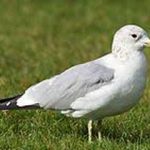 Common Gull (Latus canus)
Common Gull (Latus canus)
Similar in appearance to the herring gull, the common gull ls seen less in Inland areas but is seen frequenting urban areas in winter. With a light. grey bock and black wing tips, the common gull is greenish legs and a yellow bill
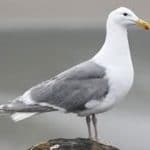 Herring Gull (Larus Argentatus)
Herring Gull (Larus Argentatus)
The herring gull has a light grey back and has a white underneath. The herring gull has black wing tips and their legs are pink with webbed feet Their bill ls large with a slight hook that has a red spot. The herring gull is very noisy and is present in the UK all year round.
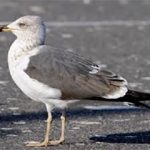 Lesser Black Backed Gull (Larus fuscus)
Lesser Black Backed Gull (Larus fuscus)
The Lesser black backed gull has a dark grey to black back and wings with a white underneath. It has a yellow bill and legs and is indigenous to Europe, with 40 of the population based in the UK. It has an ‘Amber’ status In the UK due to concerns of a decline in the UK.
You may also like
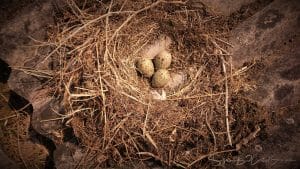 If you have Gulls in roof spaces around this time last year you will almost certainly have them again this year, usually with 3 eggs in a nest and the previous young returning to increase the population even further.
If you have Gulls in roof spaces around this time last year you will almost certainly have them again this year, usually with 3 eggs in a nest and the previous young returning to increase the population even further.
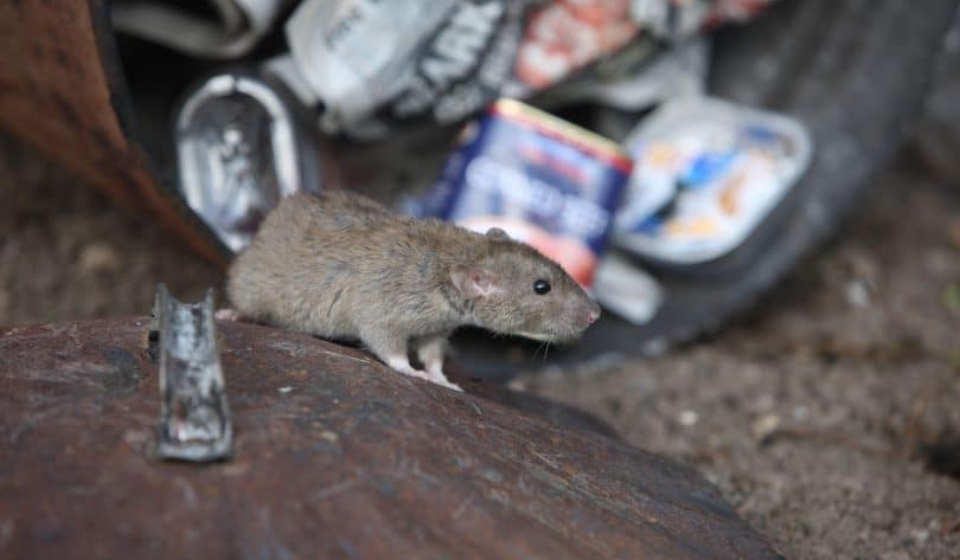
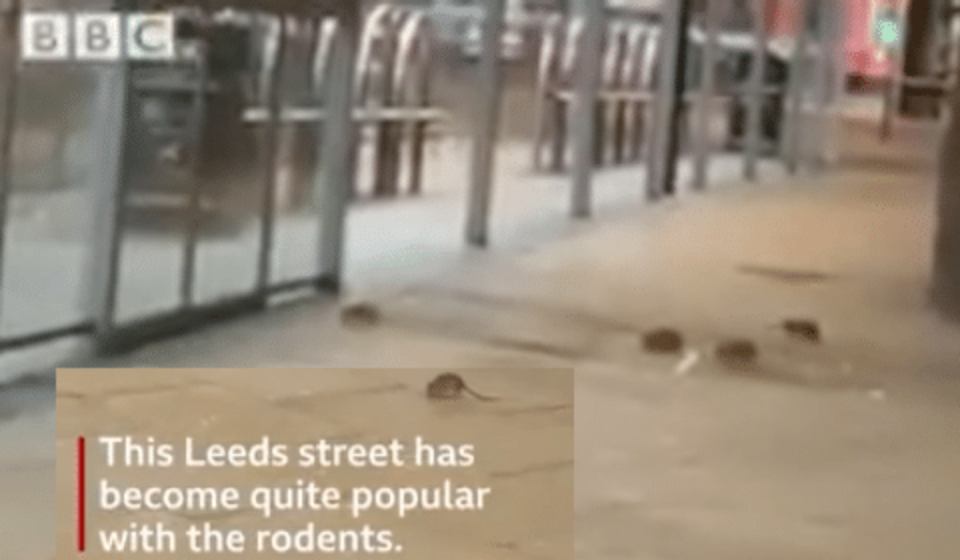

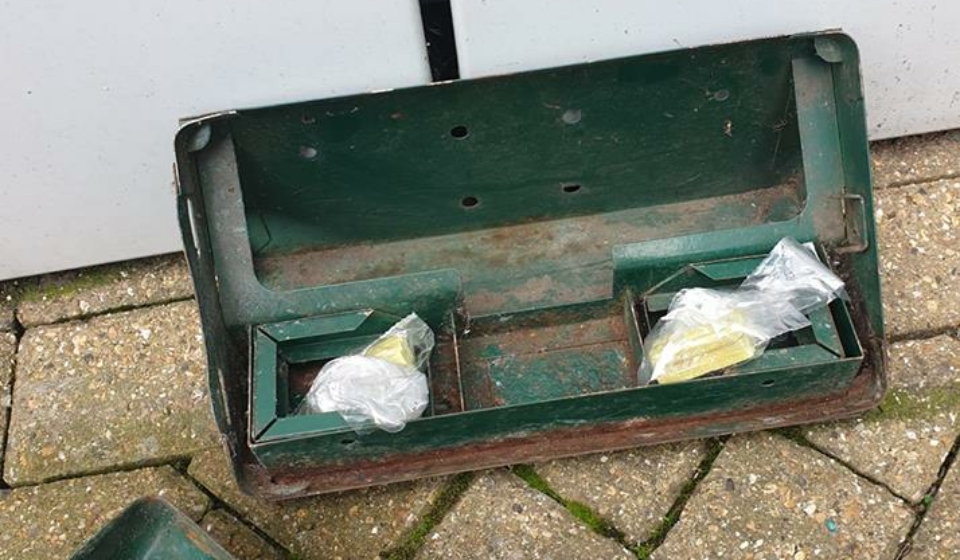
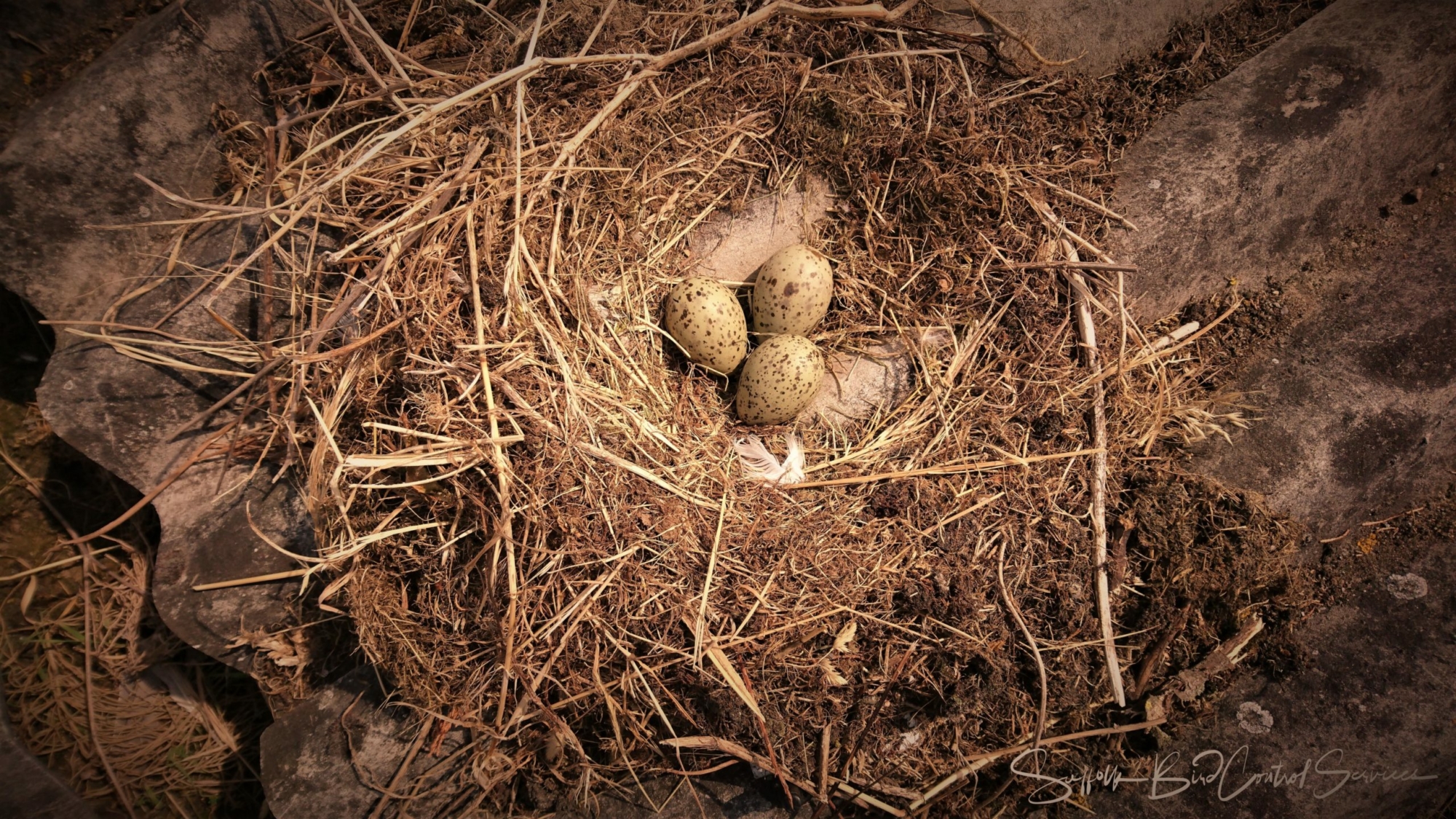
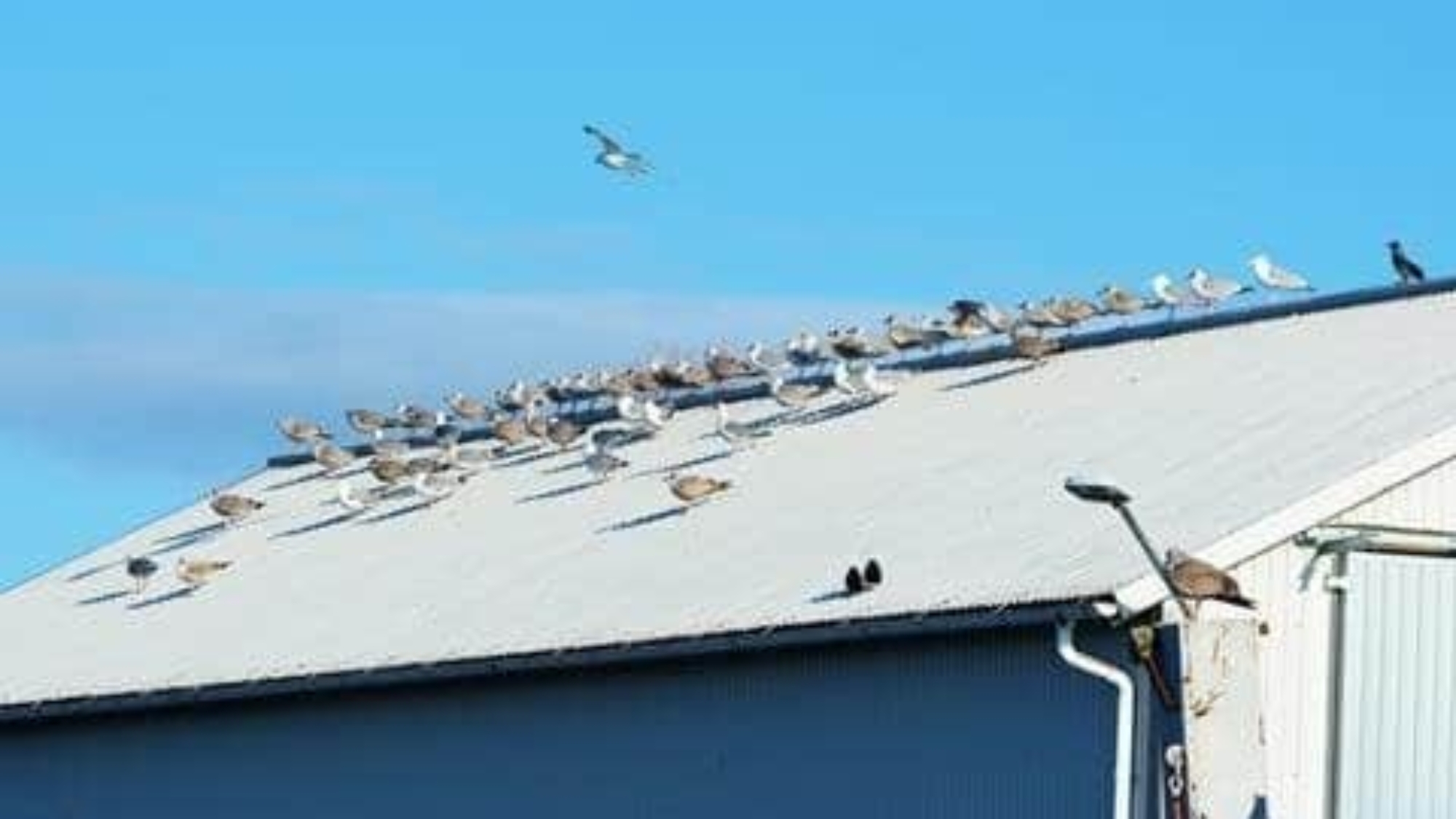
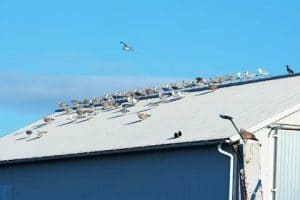 Bird Problems?
Bird Problems?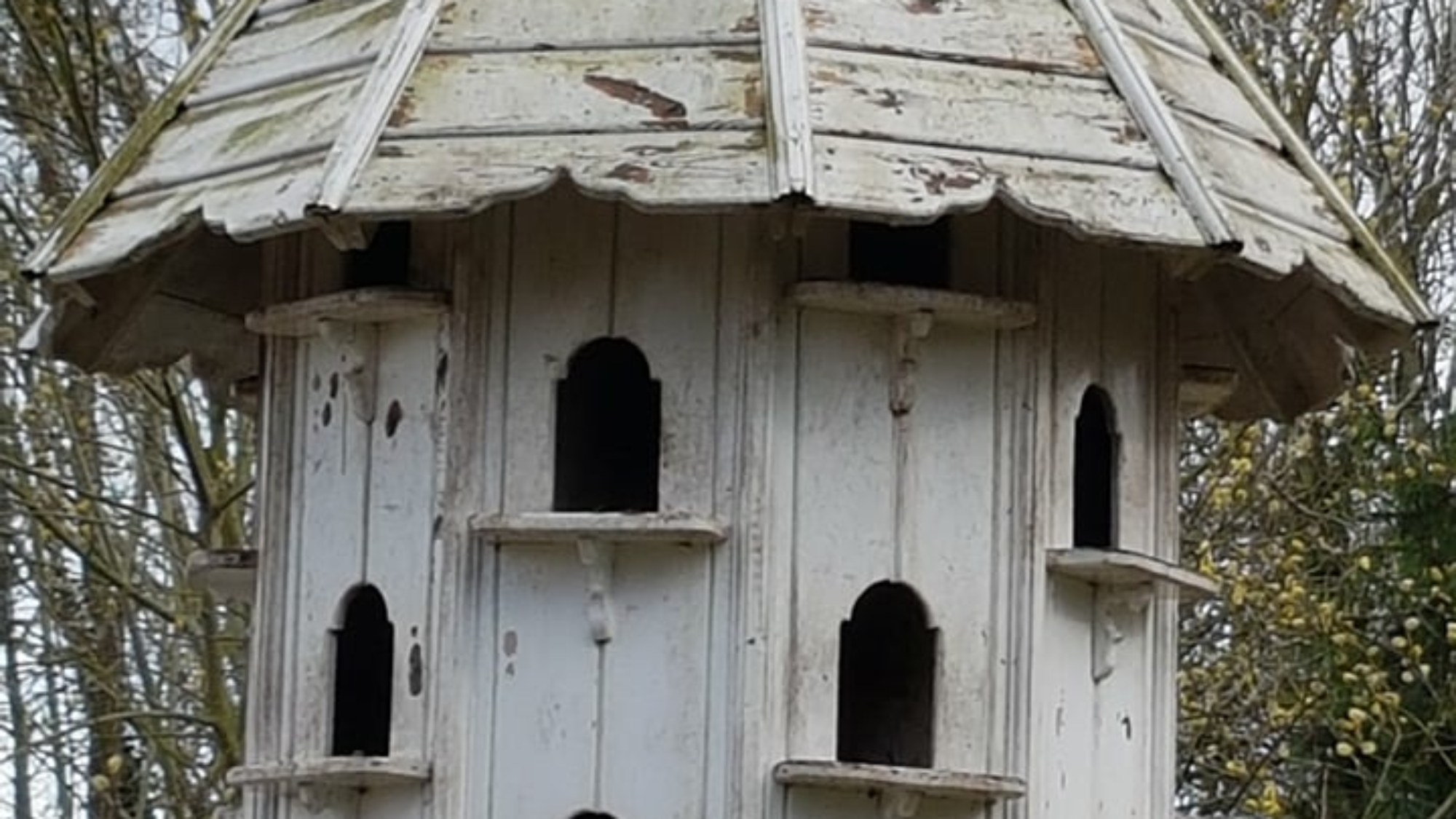
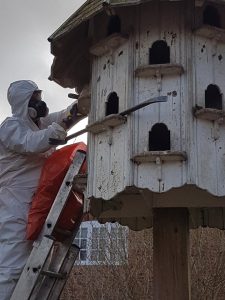 Dove Cote Cleaning Service
Dove Cote Cleaning Service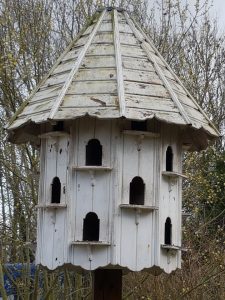
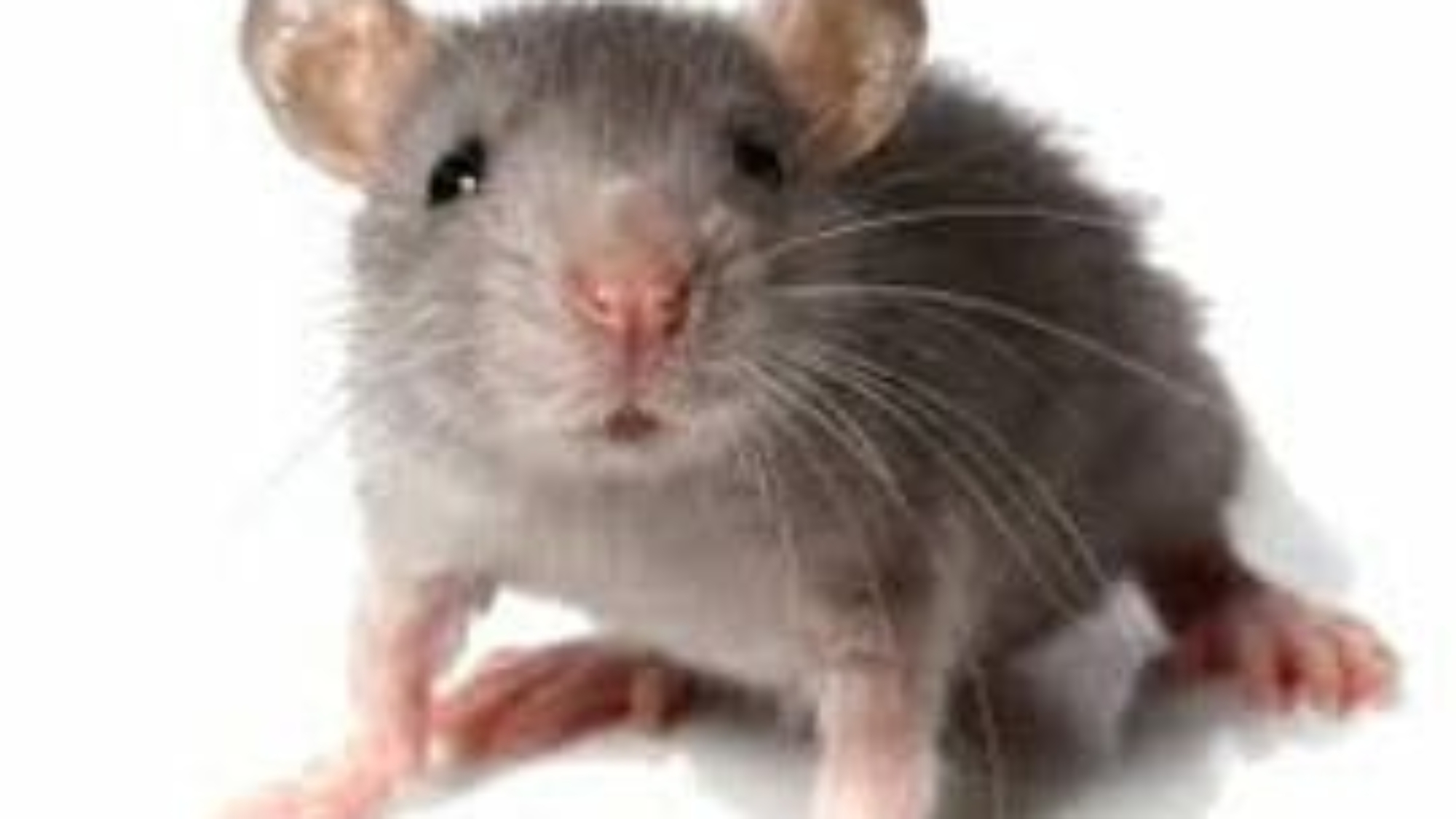
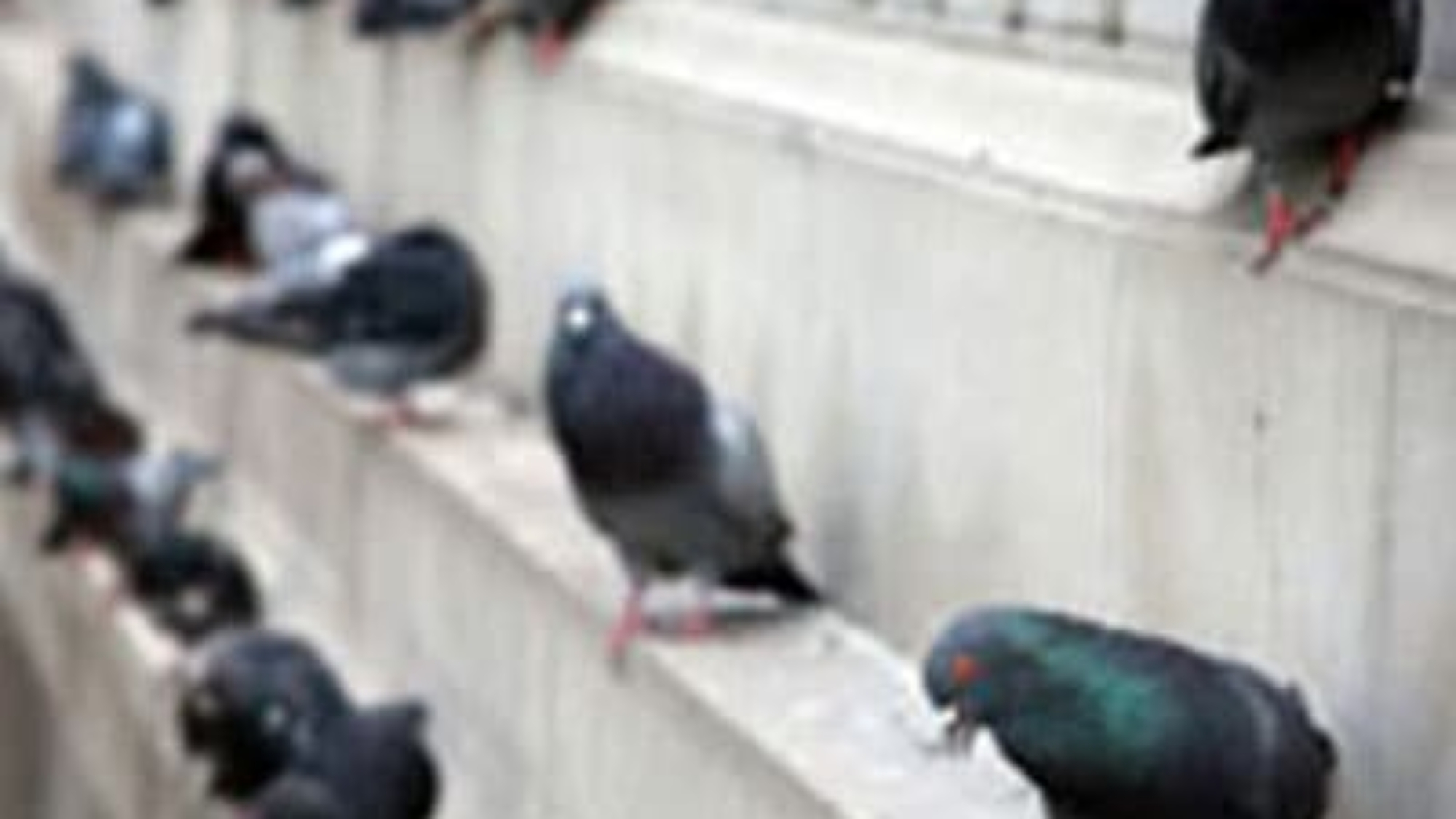
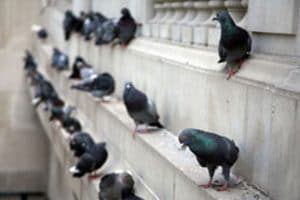 There are numerous
There are numerous 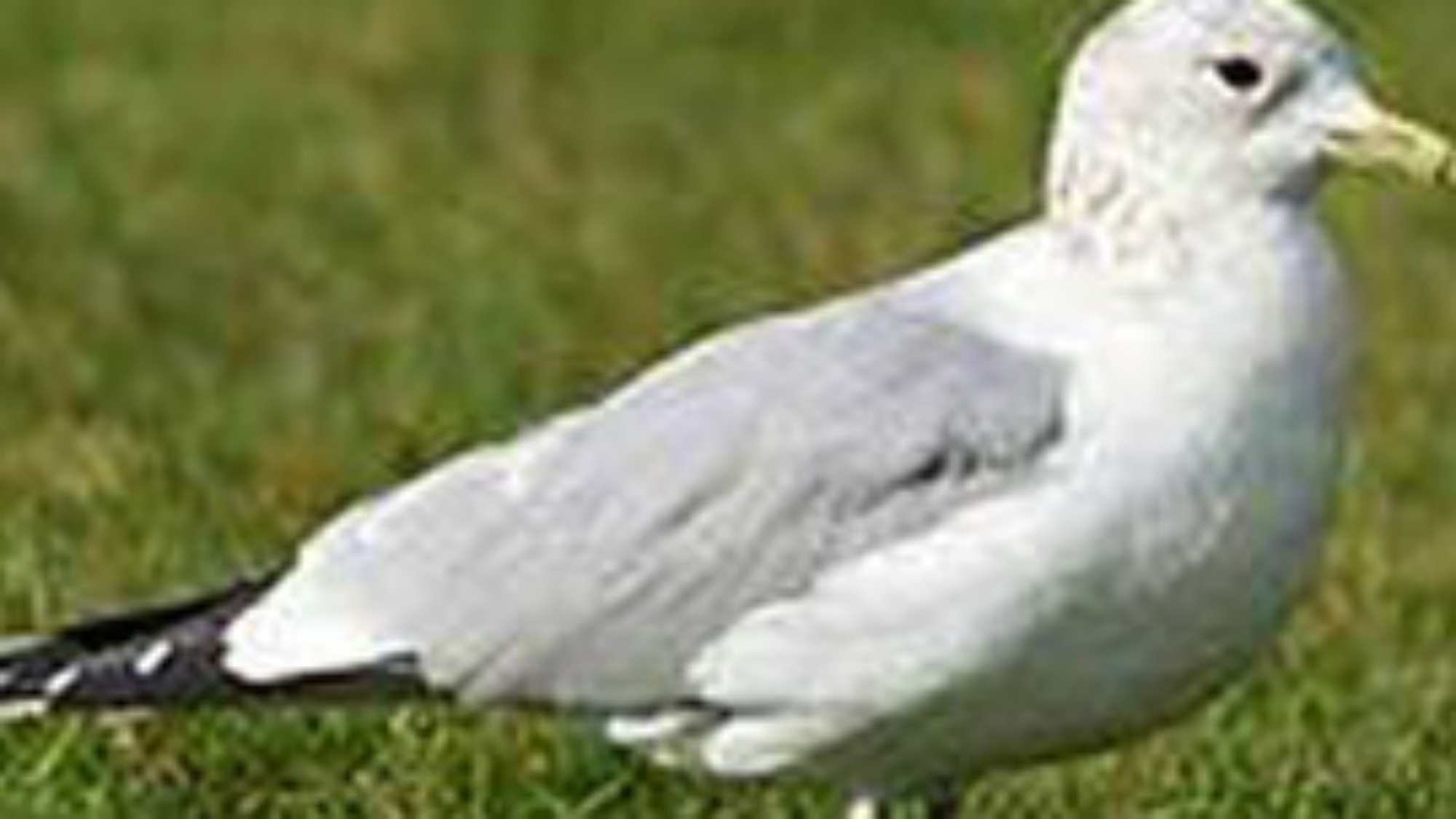
 The Kittiwake Gull (Rissa tridiactyla)
The Kittiwake Gull (Rissa tridiactyla)  Common Gull (Latus canus)
Common Gull (Latus canus)  Herring Gull (Larus Argentatus)
Herring Gull (Larus Argentatus) Lesser Black Backed Gull (Larus fuscus)
Lesser Black Backed Gull (Larus fuscus)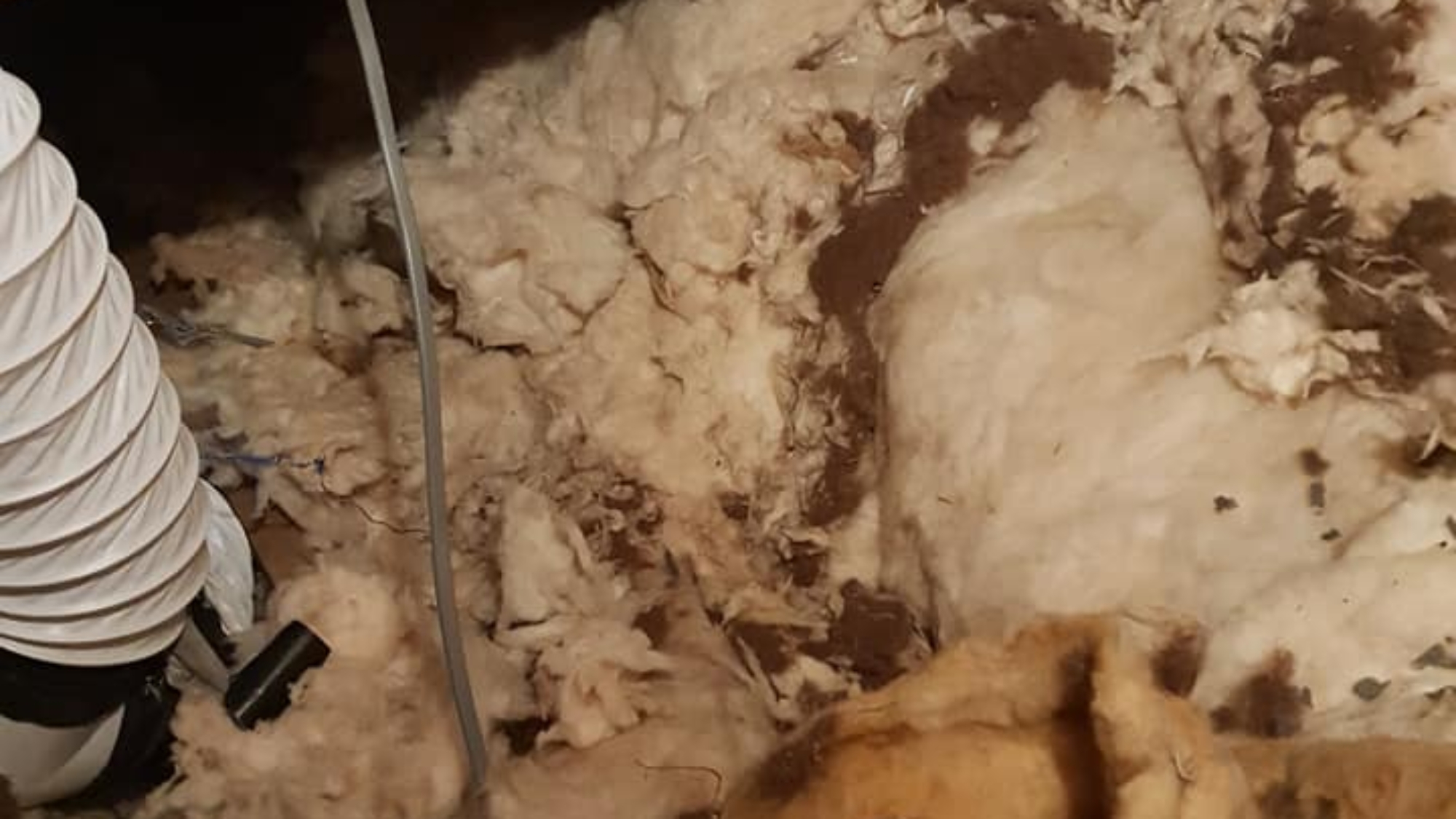
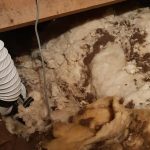 A Squirrel now removed from attic but just look at the damage it’s done to the pipe insulation wiring on down lighters, don’t let this happen to you.
A Squirrel now removed from attic but just look at the damage it’s done to the pipe insulation wiring on down lighters, don’t let this happen to you.